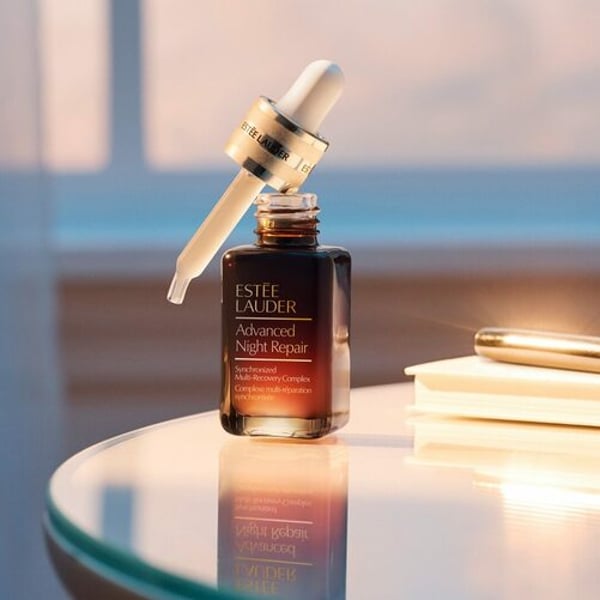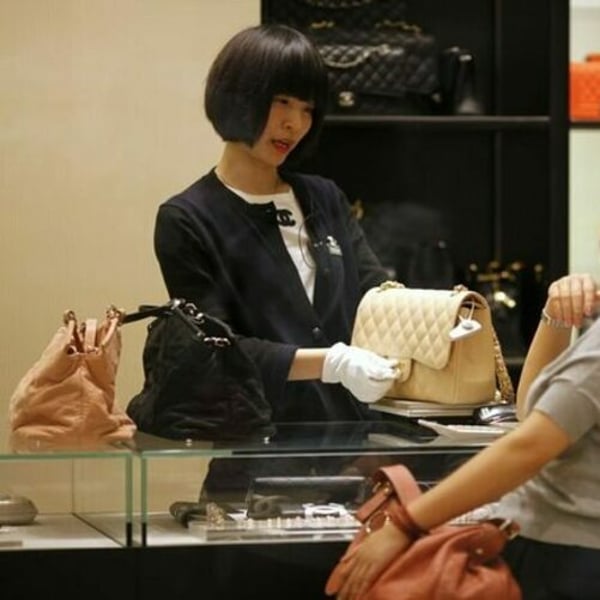By
Bloomberg
Published
October 22, 2025
French authorities have described it as priceless. But the last time the diamond-encrusted bow, which once belonged to Empress Eugenie, was sold, it fetched a price of 6.72 million euros ($7.8 million). It is much more difficult to determine its value now, three days after it was stolen as part of a raid on the Louvre Museum in Paris.
Unless they are stolen to order, the haul of royal necklaces, tiaras and earrings, in the parlance of the art market, is already “burned,” at least in its last known state. The Ocean's Eleven-style heist has been widely publicized, so the pieces cannot be sold or worn in public. And black markets offer huge discounts. Selling jewelry separately can be more discreet but not easy either.
The alternative is that exquisite jewelry (diamonds, emeralds, sapphires) and gold can be broken and melted. Officially, the eight items are worth 88 million euros, but not if the approximately 9,000 small and large stones are sold separately, according to Paris prosecutor Laure Beccuau.
It's usually the precision of the heist that captures the filmmakers' attention. But the next act, moving the high-profile loot, is equally dangerous.
“Often thieves realize the risk is too great,” said Charlotte Chambers-Farah, client manager at London-based Art Loss Register. “They have not been able to transport the goods within six months to a year, the load becomes too heavy.”
Gemstones are likely to have the highest value, but they often have identifiers such as the size and weight of the stone. To solve this problem, the stones could be disassembled, trimmed and reassembled to make them almost unrecognizable, according to Chambers-Farah.
Tobias Kormind, managing director of jewelry store 77 Diamonds, estimated that the stolen gemstones could be worth about 10 million pounds ($13.4 million), with much of the value derived from four large diamonds set in one of the stolen brooches.
“It could be that someone pays a tenth of the market value now, takes it and, if they can afford it, holds it for ten years and then slowly starts dividing it up,” he said. “If two years from now someone comes in with a stone that needs to be trimmed, it's not unusual, and they go through one person and then another, and then there's someone relatively credible who goes to a third.”
Molten gold is almost impossible to identify and the price has risen almost 60% this year to near record levels. Unlike the solid gold toilet stolen from Blenheim Palace in 2019, the jewelery would not contain enough metal to make it the focus of the theft.
Politicians, French police and Louvre security staff have been heavily criticized for failing to stop the heist. Lax exterior surveillance, which allowed a furniture elevator to park outside the museum unseen, might have made it a more attractive target than the closely guarded jewelers on the Place Vendôme.
“We see a change in the last 10 years, where museums are no longer targeting paintings but much more precious metals or diamonds,” said Arthur Brand, an art crimes detective. Most art thieves would expect to make about a third of the item's value by reselling it, but it's difficult to determine how big the market would be for these high-profile gems.
Selling the treasure piecemeal would unlock the value of the loot but would immediately destroy its historical significance. The French police will rush to try to recover the jewels before this happens.
Last month, according to the country's Interior Ministry, a 3,000-year-old gold bracelet stolen from the Egyptian Museum in Cairo was melted down.
Although French Justice Minister Gerald Darmanin considered them “priceless jewels,” many of the pieces carried actual price tags before reaching the Paris museum's display cases.
Empress Eugenie's large corsage bow, stolen on Sunday, was purchased in 2008 with the help of the Friends of the Louvre donor group for €6.72 million. It was scheduled to be auctioned at Christie's in New York when the museum intervened with the private purchase. The brooch had ceased to be part of the French crown jewels 121 years earlier, when it was sold at public auction to a jeweler for 42,200 French francs or 85,000 euros at the time. An emerald necklace and earrings belonging to Empress Marie Louise were acquired by the Louvre in 2004 from Baron Elie de Rothschild, according to museum records, which did not include a price. His late wife had owned them, according to records, which show they previously passed through Van Cleef and Arpels jewelry stores.
A tiara of Empress Eugenie sold in 1992 at a Sotheby's auction in Geneva for more than $1 million and was later donated by the group of donors to the Louvre's records show, museum and auction house. The stolen loot also included a tiara, a sapphire necklace and matching earrings from the collection of queens Marie-Amélie and Hortense, all acquired by the Louvre in 1985, according to museum records. The oldest acquisition, a reliquary brooch, entered the collection in 1887.
Rob van Beurden, an Antwerp-based diamond expert with 45 years of experience in the industry, said that while it would be possible to recut the gems, he believes it is much more likely that they were stolen to order.
“They always say that wherever a diamond is stolen, whether in Paris, Prague or Madrid, there is a good chance that it will end up in Antwerp,” he said. “But I don't think anyone would want to burn their fingers on something that hot.”
“If they are not stolen during the order, they will most likely end up somewhere in Antwerp and, God forbid, it will be for the value of the scrap metal,” he says. “If they were ever sold just for the material, for the scrap value or for the diamonds, then it would be very little money.”
Questions have been raised about the gang's professionalism. While taking the necklaces and other objects, the thieves left the 140-carat “Régent” diamond intact and dropped a crown with more than 1,000 diamonds.
It is not uncommon for stolen pieces to end up being abandoned in a public place or to reappear decades later.
In 2018, thieves stole two crowns and a sphere belonging to the Swedish monarchy, which were later found on top of a trash can in a Stockholm suburb. A collection of antique gold snuff boxes stolen from a stately home in Leeds, England, was found intact four decades later.
Sometimes a gang steals items and uses them as leverage to get a member imprisoned and given a shorter sentence. Thieves realize they can't sell the loot, but still try to use it to their advantage, according to Julian Radcliffe, founder of Art Loss Register.
President Emmanuel Macron said recovering the crown jewels in one piece is the outcome he hopes for. “We will recover the works of art and the perpetrators will be brought to justice,” he said in a post on X earlier this week.












